How To Get Rid Of Crepey Skin | Causes & Treatments
Slow down the signs of aging with some preventive measures and natural remedies

Image: Shutterstock
Before you learn how to get rid of your crepey skin, it is important to find out what causes wrinkled skin. Your skin becomes saggy and crepey with a tissue-paper-like texture as the collagen and elastin levels decrease. The reason? Well, you can blame it on aging. While you cannot do much about it, you can certainly slow down some aging symptoms like wrinkles by taking a few measures. Remember, excess UV exposure and lifestyle factors also speed up your aging process. In this article, we will understand what crepey skin is, the best treatment options available, and some tips to prevent it. Keep reading.
In This Article
What Causes Crepey Skin?
Multiple lifestyle and environmental factors can affect your body’s collagen and elastin levels, contributing to crepey skin. They include:
1. UV Damage
UV exposure is responsible for 80% of visible aging signs, including wrinkles, dryness, and freckles. It degrades the collagen and elastin in your skin, making it saggy, loose, and crepey (1). It speeds up the skin’s aging process as the damage becomes visible over the years. You may notice crepey skin on your neck, hands, arms, and face as these body parts are mostly exposed to sun rays. Tanning under UV beds may also have similar effects.
2. Age
Skin aging is a complex process influenced by internal (genetics, hormone levels, metabolic processes) and extrinsic (light exposure, pollution) factors. As you age, the epidermal cell turnover rate slows down, lengthening the cell cycle and slowing down the wound healing process. Moreover, the collagen type VII content also reduces, weakening the bond between dermis and epidermis, causing wrinkles (2).
3. Smoking
Tobacco is toxic for your body and the skin cells. Smoking affects the skin’s biophysical properties like hydration levels, pH levels, and elasticity and deepens the nasolabial folds (deep wrinkles from the bottom of the nose to the corners of the mouth). It also degrades the collagen and elastin fibers in the dermis (3). As a result, your skin loses its tightness and turns crepey and thin.
4. Dietary Habits
Nutritional imbalance and poor eating habits contribute to skin aging. Nutrition and water intake help maintain tissue function in the body. Lack of both causes tissue dehydration (causing skin dryness) and functional disorders like aging and inflammation. Improper nutrition affects the dermal fibroblasts and collagen fibers, leading to skin thinning. It also declines cell renewal and repairability of the skin (4). All of these may contribute to early signs of aging and crepey skin.
5. Medication
Apart from environmental factors, certain medications and medical conditions may trigger dermatoporosis, a condition that causes skin fragility. The risk factors include (5):
- Topical and systemic corticosteroid use
- Chronic renal failure
- Using anticoagulants and blood thinners
- Using EGFR (epidermal growth factor) inhibitors
- Chronic obstructive pulmonary disease
6. Sleep Deprivation
Your sleep cycle can affect your skin characteristics. Sleep deprivation deteriorates skin elasticity, increases wrinkles, and reduces skin hydration levels (6). While losing your sleep for a day or two may not affect your skin, chronic insomnia can definitely lead to premature aging and crepey skin.
While you cannot do much about aging, controlling and managing the lifestyle factors can help prevent crepey skin. If you are under medication, consult a dermatologist to prevent premature aging and crepey skin and follow these tips to prevent further skin deterioration.
Key Takeaways
- Skin becomes crepey due to UV damage, age, smoking, bad dietary habits, certain medications, and inadequate sleep.
- To prevent this, apply sunscreen, drink enough water, eat healthy, exfoliate daily, use the right skin care products, and exercise daily.
- You can try flaxseed and yogurt srub or lemon, oatmeal, and honey scrub to improve crepey skin.
- Topical products, microneedling, ultrasound and laser treatments, derma fillers, and cosmetic surgery are other ways to treat crepey skin.
How To Prevent Crepey Skin
1. Wear Sunscreen
This is non-negotiable. Sunscreen is the only way to prevent photodamage while you are out, enjoying a beautiful sunny day. Use a sunscreen with at least SPF 30 and PA ++ ratings to prevent UVA and UVB damage.
Apply it liberally to all exposed body parts and reapply every 40-80 minutes (check the label to determine the time gap). Use a water-resistant sunscreen, and if you have sensitive skin, choose a physical sunblock.
You can also use umbrellas, wide-brimmed hats, and protective clothing to minimize sun exposure.
2. Stay Hydrated
Staying hydrated is crucial to prevent tissue dryness and crepey skin. Drink plenty of water throughout the day. Also, keep your skin hydrated by using moisturizers.
Use products that contain plant oils, glycerin, ceramides, peptides, and hyaluronic acid to help keep your skin plump and improve its elasticity. Apart from your face, focus on areas like your neck, hands, and arms.
 Pro Tip
Pro TipAlways apply moisturizer to damp skin as that helps in better absorption.
3. Consume Well Balanced Food
“A healthy outside starts from the inside.” So, stick to a balanced diet that includes plenty of vegetables and fruits. They are loaded with antioxidants (flavonoids and carotenoids) and vitamins to nourish your skin and fight free radicals to prevent skin aging.
Consume fish and seafood for their high omega-3 fatty acid content and include whole grains, dairy, and poultry in your diet. It is better to avoid (or limit your intake of) high-carb foods like baked goodies, sugary beverages, and junk food.
4. Exfoliate Regularly
Exfoliation can go a long way in preventing crepey skin. It removes the dead and dry skin cells from your body and promotes skin cell turnover rate, which declines with age.
For the best outcome, exfoliate your skin once a week as over-exfoliation may irritate the skin. You may go for chemical peeling or try at-home peels. However, consult a skin care expert or dermatologist before using chemical peels.
5. Use The Correct Skin Care Products
The skin care products that you used during your teens may not work on mature skin. Switch to an anti-aging skin care routine. Incorporate ingredients like hyaluronic acid, niacinamide, ceramides, peptides, vitamin C, alpha arbutin, coenzyme Q10, hydroxy acids, and retinoids in your skin care regimen.
All these ingredients can stimulate cell growth, minimize sun damage, improve skin texture, and prevent wrinkles. Your skin starts aging at the age of 25. Using anti-aging ingredients from your mid-20s can help keep your skin taut.
6. Exercise Regularly
While exercise is not directly linked to your skin health, studies found that it might influence some aspects of skin aging. Regular exercise improves the tissue mitochondria (cell organelles that generate energy to maintain the cell’s biochemical reactions)(7). Moreover, exercise also helps maintain your overall health.
7. Practise Self Care
It is because your skin has stress perceivers and can be the target of stress responses. Your body releases hormones like epinephrine, norepinephrine, and cortisol during a stress response, which causes DNA damage and promotes free radical production, causing skin damage and signs of aging. Stress also aggravates existing inflammatory skin conditions like atopic and contact dermatitis, pruritis, psoriasis, and acne (8).
One study with 1,434 participants discussed the effects of different daily practices on skin aging during the COVID-19 pandemic. Participants revealed the probable causes behind their skin concerns (wrinkles, puffiness, uneven tone, etc.), such as video conferencing (31%), wearing masks (23%), and increased stress (21%).
Try to minimize stress. You may meditate, do activities that keep you happy, and help you relax. You can talk to a therapist for better stress management. Being more attentive towards your overall lifestyle can help you improve skin texture and manage crepey skin.
 Pro Tip
Pro TipHome remedies are one of the best ways to pamper your skin without spending a ton. While these do not promise to give overnight results, these simple ingredients can work as a quick pick-me-up for your tired skin and maintain its overall health.
How To Improve Crepey Skin Naturally
1. Flaxseed And Yogurt Scrub
Flaxseed has a coarse texture that can help exfoliate the skin. Also, like any dairy product, yogurt contains lactic acid that exfoliates the skin (9). It also keeps the skin soft and plump.
You Will Need
- ¼ cup of flaxseed (grounded)
- ¼ cup of yogurt
- 2 drops of tea tree oil (optional)
Method
- Mix the ingredients to form a paste.
- Apply it to your skin and massage for 5 minutes.
- Leave it on for another 10-15 minutes.
- Wash off with lukewarm water.
- Repeat once a week.
2. Lemon, Oatmeal, And Honey Scrub
Lemon extract is widely used in skin care products as it promotes collagen levels. The vitamin C in it can reduce shallow wrinkles and has anti-aging effects. Colloidal oatmeal reduces skin dryness, roughness, and scaliness. Honey is an emollient that soothes and conditions the skin (10), (11), (12).
You Will Need:
- ¼ cup of uncooked oats
- 1 teaspoon of lemon juice
- 2 tablespoons of honey
Method
- Grind the oats and mix with lemon and honey to form a paste.
- Wash your face and apply it to damp skin.
- Massage for 2-5 minutes.
- Leave it on for another 10-15 minutes.
- Wash off with lukewarm water.
- Use it twice a week.
Ranju, a lifestyle blogger, shares, that after using the DIY oatmeal mask, “My skin feels more soft, hydrated and shiny (i).” She adds, “I thought oats won’t be that great as a scrub but it proved me wrong and worked great on the rough areas too. (I used coarsely ground oats to make this scrub).”
Note: DIY products from the kitchen should be tested on a small area of the hand before using them on the face. Ensure you use SPF after applying lemon juice.
You can also opt for OTC and in-office treatments to improve the appearance of crepey skin. Read on to find out more.
Treatments To Improve Crepey Skin
1. Topical Products
Retinoids are widely used for improving the signs of photoaging and UV damage. However, they are quite strong and available only on prescription. You may try retinol, another less irritating OTC vitamin A derivative, to tighten the skin and improve its elasticity (13).
Besides this, these products may also include several alpha-hydroxy acids, such as malic acid, tartaric acid, citric acid, lactic acid, and glycolic acid. These ingredients exfoliate the skin, improve hydration, and minimize wrinkles (14).
However, retinoids and AHAs are quite strong and may irritate the skin and cause dryness and scaling initially. Consult a dermatologist before using them.
2. Microneedling
This is an in-office treatment performed by dermatologists and trained aestheticians. Microneedling is performed with a dermaroller (a device with fine needles) to puncture the skin, triggering collagen and elastin production. This procedure helps smoothen wrinkles and fine lines and improves the skin texture for a tight and youthful appearance.
3. Ultrasound And Laser Treatment
In certain cases, the dermatologist may suggest an ultrasound and laser treatment to improve crepey skin.
Ultrasound tightening devices used on different focal depths can tighten the facial skin (15). Laser skin resurfacing is also a common approach in skin rejuvenation and tightening. The doctor uses lasers at different frequencies to promote collagen development and tighten the skin (16).
4. Dermal Fillers
Dermal fillers (like Radiesse) are considered extremely effective in reversing the symptoms of crepey skin (17). These fillers are injected beneath the skin surface to restore the volume and make it appear plump, tight, and youthful.
The fillers are usually made of hyaluronic acid, and they dissolve after a certain time. Hence, you may need regular sessions to maintain the skin appearance. Here, the filler is injected into the skin to add volume to it. This results in a fresh, full appearance that lasts for a relatively long time.
6. Alpha Hydroxy Acids
Alpha hydroxy acids (AHAs) offer a promising solution for dealing with crepey skin characterized by thin, wrinkled, and delicate texture. These chemical exfoliants, such as lactic and glycolic acid, dissolve the bonds between dead skin cells. This allows them to be sloughed off, revealing smoother, more vibrant skin underneath. Regular application of products containing AHAs can increase firmness, improve skin texture, and stimulate collagen production, which is crucial for maintaining skin elasticity (18). Additionally, they help in hydrating the skin by enhancing the production of hyaluronic acid and glycosaminoglycan. However, incorporate AHAs into your skin care routine gradually to allow the skin to adjust and prevent any adverse effects.
6. Surgery
You can also undergo cosmetic surgery if you have crepey skin on your arms and other body parts. While this is not recommended, you can consider it as a last resort. However, consult a dermatologist to understand the risks involved and other options that you may have.
Age, lack of sleep, and poor diet slow down the production of collagen and elastin fibers, which results in saggy or crepey skin. You can make your homemade scrubs with ingredients such as yogurt and flaxseed to soothe and nourish your skin. You can even opt for topical products and laser treatment to improve the appearance of crepey skin. Since you cannot stop aging, you can take simple steps such as eating well, using the right skincare products, and exercising regularly to ensure your skin is radiant and healthy. Follow these tips on how to get rid of crepey skin and see your skin glow.
Frequently Asked Questions
Will olive oil help crepey skin?
Yes, olive oil contains essential fatty acids that hydrate the skin and may improve the appearance of crepey skin (19).
Does baby oil help with crepey skin?
Yes, baby oil is an occlusive that helps hydrate the skin (20). However, avoid using it on acne-prone skin as it may clog your pores.
Crepey skin is really delicate and wrinkly, akin to crepe paper, hence the name. Check out an expert’s take on the matter and learn how she guides individuals seeking solutions for this skin condition. Hit the play button now.
Personal Experience: Source
StyleCraze's articles are interwoven with authentic personal narratives that provide depth and resonance to our content. Below are the sources of the personal accounts referenced in this article.
(i) HYDRATING OATS AND HONEY BODY SCRUB – DO IT YOURSELFhttps://www.makeupandbeautyhome.com/2016/07/hydrating-oats-and-honey-body-scrub-do-it-yourself.html
References
Articles on StyleCraze are backed by verified information from peer-reviewed and academic research papers, reputed organizations, research institutions, and medical associations to ensure accuracy and relevance. Read our editorial policy to learn more.
Articles on StyleCraze are backed by verified information from peer-reviewed and academic research papers, reputed organizations, research institutions, and medical associations to ensure accuracy and relevance. Check out our editorial policy for further details.
- Ultraviolet Radiation
Aging and the Skin: Prevention of Damage by Topical cAMP Manipulation - Skin anti-aging strategies
https://www.ncbi.nlm.nih.gov/pmc/articles/PMC3583892/ - Cigarettes Smoking and Skin: A Comparison Study of the Biophysical Properties of Skin in Smokers and Non-Smokers
https://www.ncbi.nlm.nih.gov/pmc/articles/PMC7230126/ - Diet and Skin Aging—From the Perspective of Food Nutrition
https://www.ncbi.nlm.nih.gov/pmc/articles/PMC7146365/ - Chronic Skin Fragility of Aging
https://www.ncbi.nlm.nih.gov/pmc/articles/PMC5788262/ - A study of skin characteristics with long-term sleep restriction in Korean women in their 40s
https://pubmed.ncbi.nlm.nih.gov/31692145/ - Exercise-stimulated interleukin-15 is controlled by AMPK and regulates skin metabolism and aging
https://www.ncbi.nlm.nih.gov/pmc/articles/PMC4531076/ - Brain-Skin Connection: Stress
Inflammation and Skin Aging - Epidermal and dermal effects of topical lactic acid
https://pubmed.ncbi.nlm.nih.gov/8784274/ - Citrus limon (Lemon) Phenomenon—A Review of the Chemistry
Pharmacological Properties - Anti-inflammatory activities of colloidal oatmeal (Avena sativa) contribute to the effectiveness of oats in treatment of itch associated with dry
irritated skin - Honey in dermatology and skin care: a review
https://pubmed.ncbi.nlm.nih.gov/24305429/ - Retinoids in the treatment of skin aging: an overview of clinical efficacy and safety
https://www.ncbi.nlm.nih.gov/pmc/articles/PMC2699641/ - Cosmetic and dermatologic use of alpha hydroxy acids
https://onlinelibrary.wiley.com/doi/full/10.1111/j.1610-0387.2012.07939.x - Ultrasound tightening of facial and neck skin: a rater-blinded prospective cohort study
https://pubmed.ncbi.nlm.nih.gov/20115948/ - Assessment of Laser Effects on Skin Rejuvenation
https://www.ncbi.nlm.nih.gov/pmc/articles/PMC7118506/ - Radiesse®: a novel rejuvenation treatment for the upper arms
https://www.ncbi.nlm.nih.gov/pmc/articles/PMC4699473/ - Topical AHA in Dermatology: Formulations Mechanisms of Action Efficacy and Future Perspectives
https://www.mdpi.com/2079-9284/10/5/131 - Effect of Olive Oil on the Skin
https://www.researchgate.net/publication/275044663_Effect_of_Olive_Oil_on_the_Skin - Clinical Evaluation of Baby Oil as a Dermal Moisturizer
https://citeseerx.ist.psu.edu/viewdoc/download?doi=10.1.1.585.6732&rep=rep1&type=pdf
Read full bio of Dr Jovana Majstorovic
Read full bio of Ramona Sinha
Read full bio of Anjali Sayee
Read full bio of Swathi E






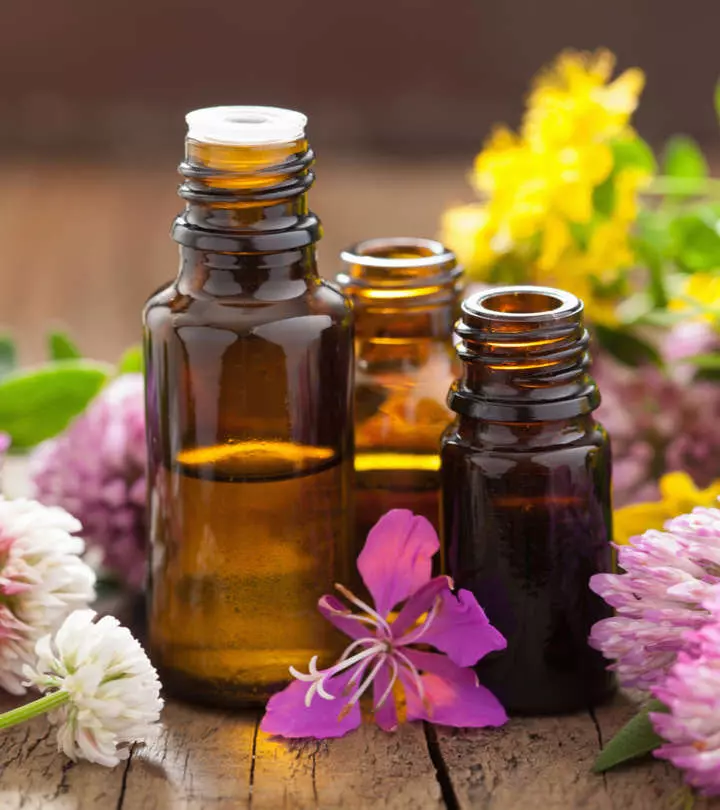

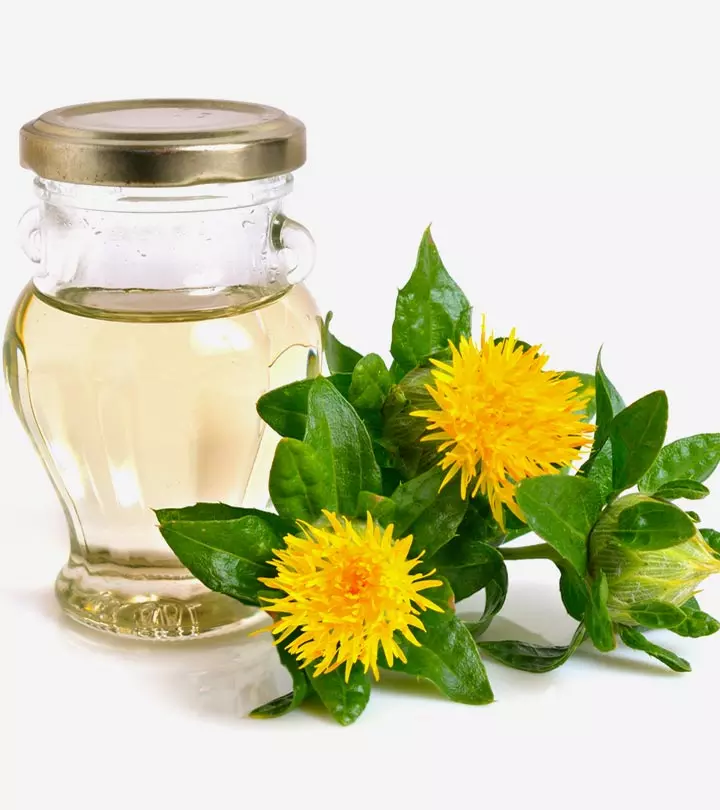
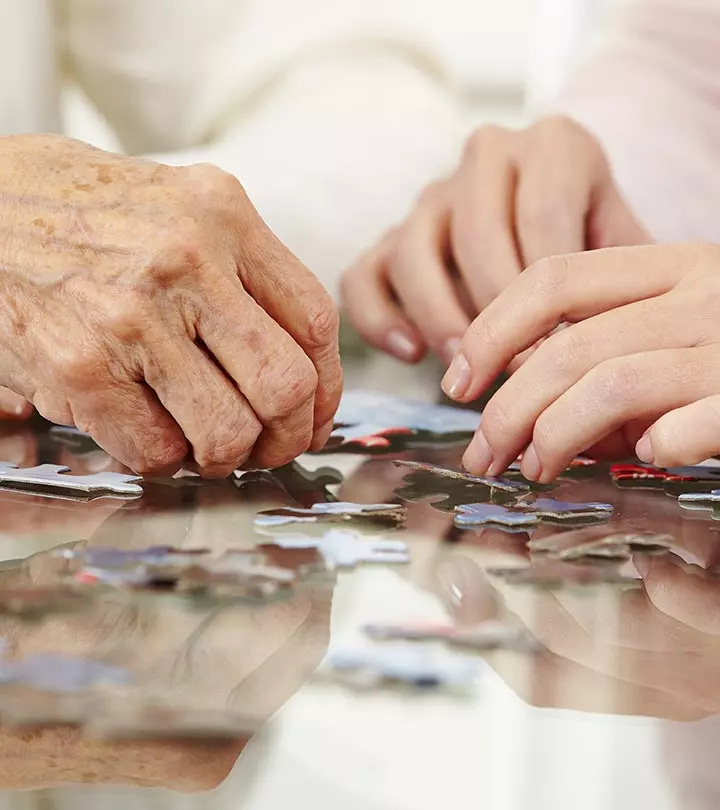
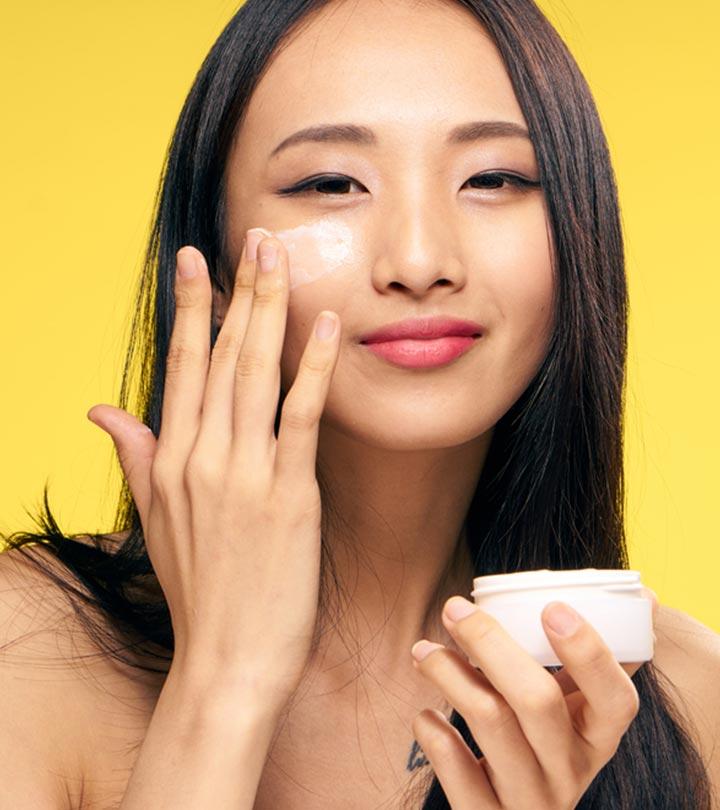
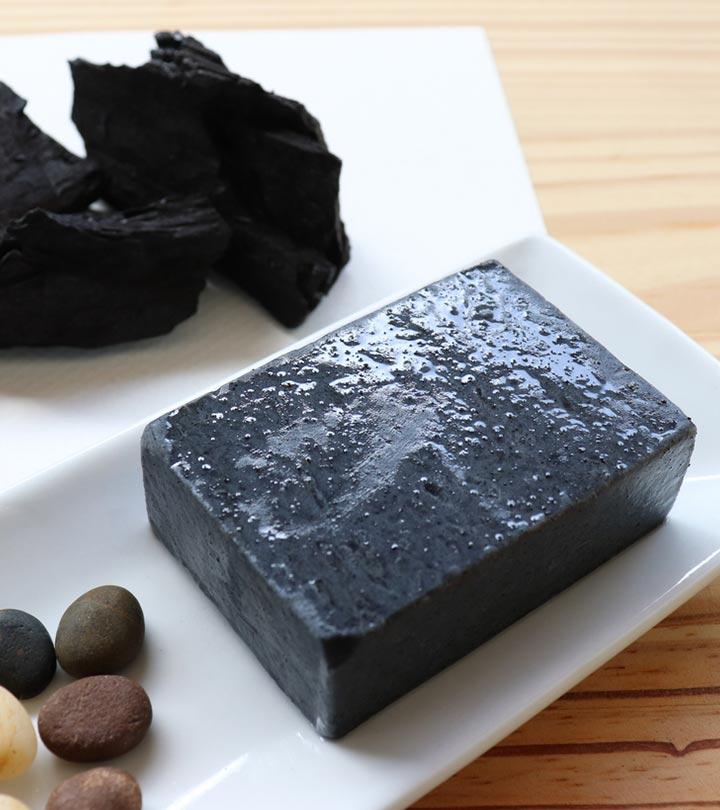

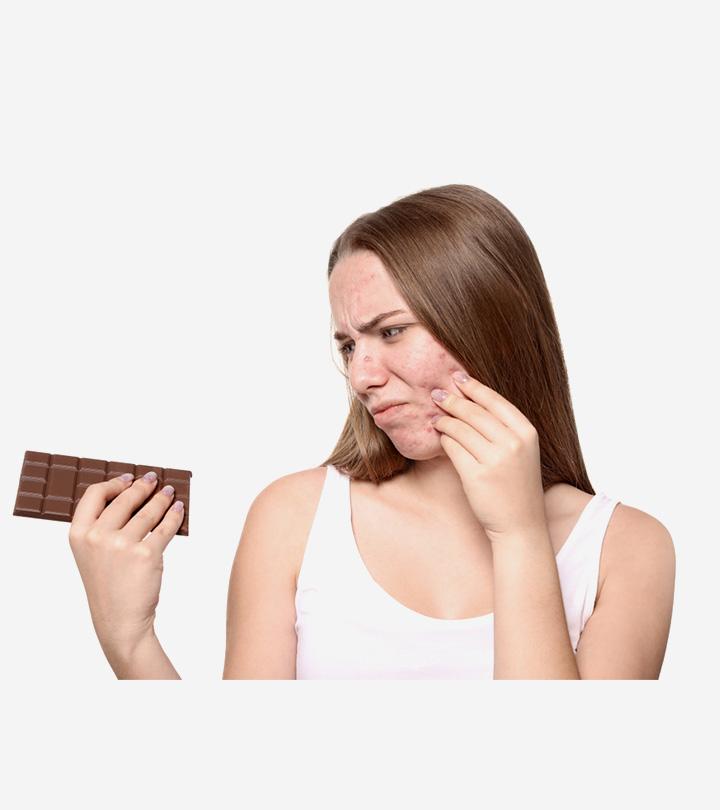

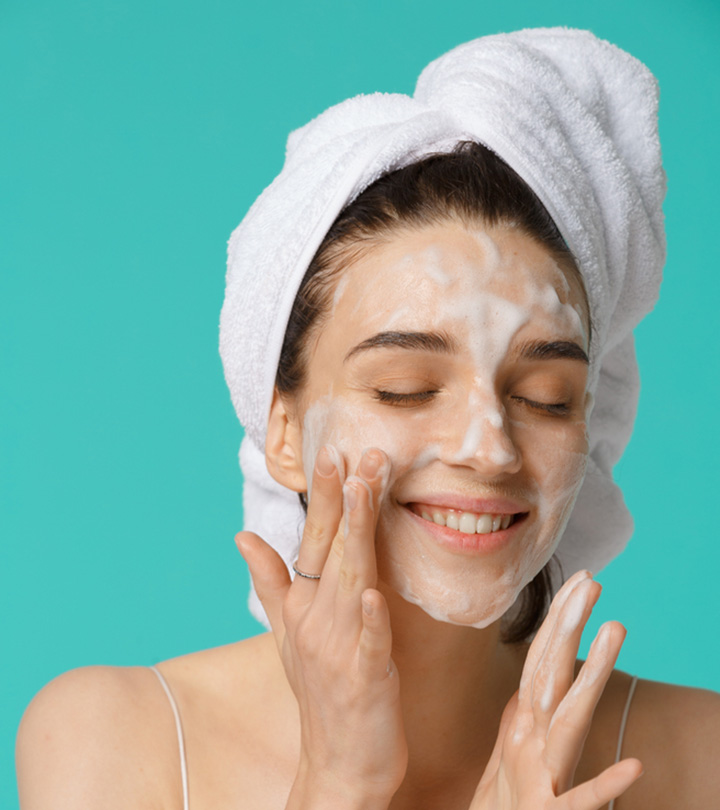

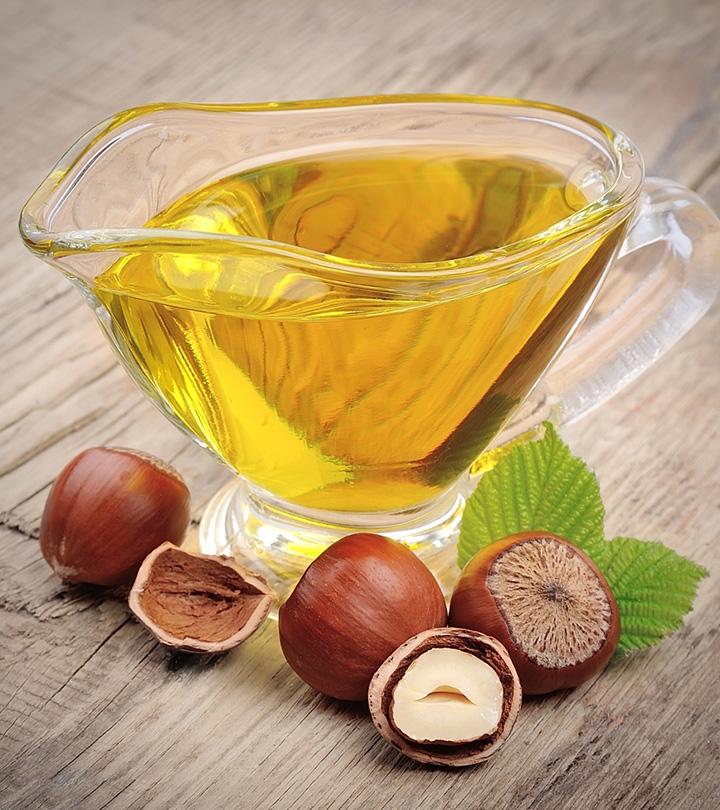
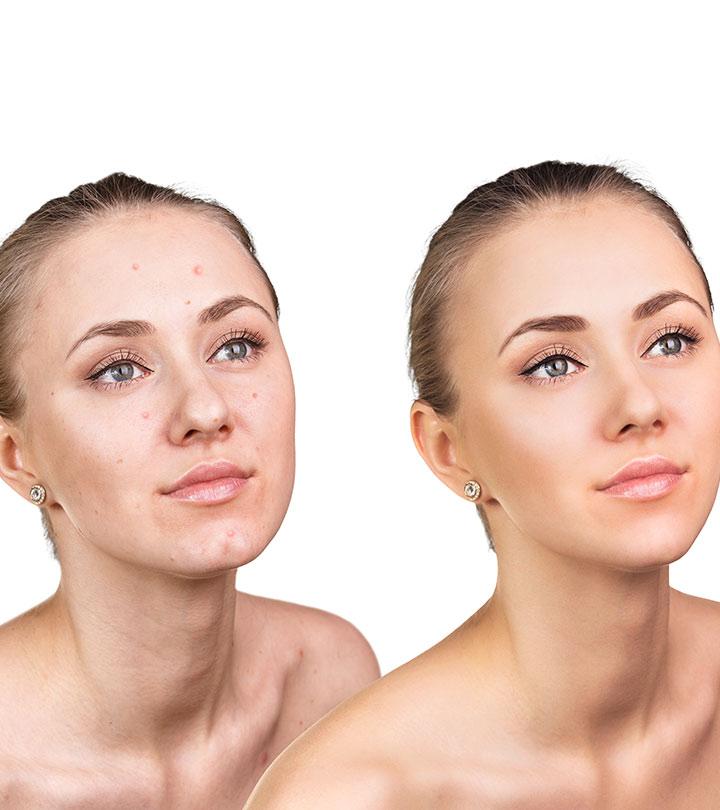
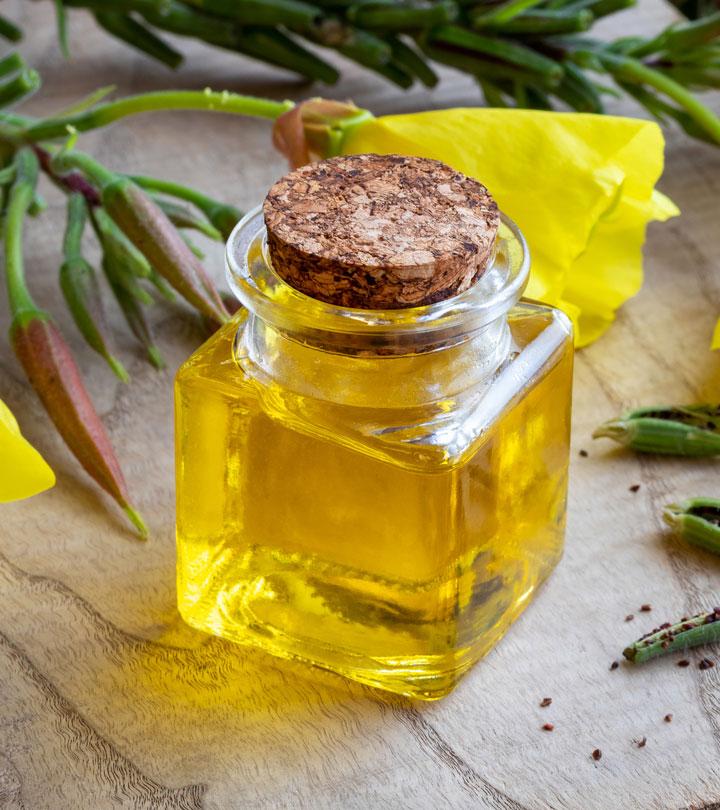
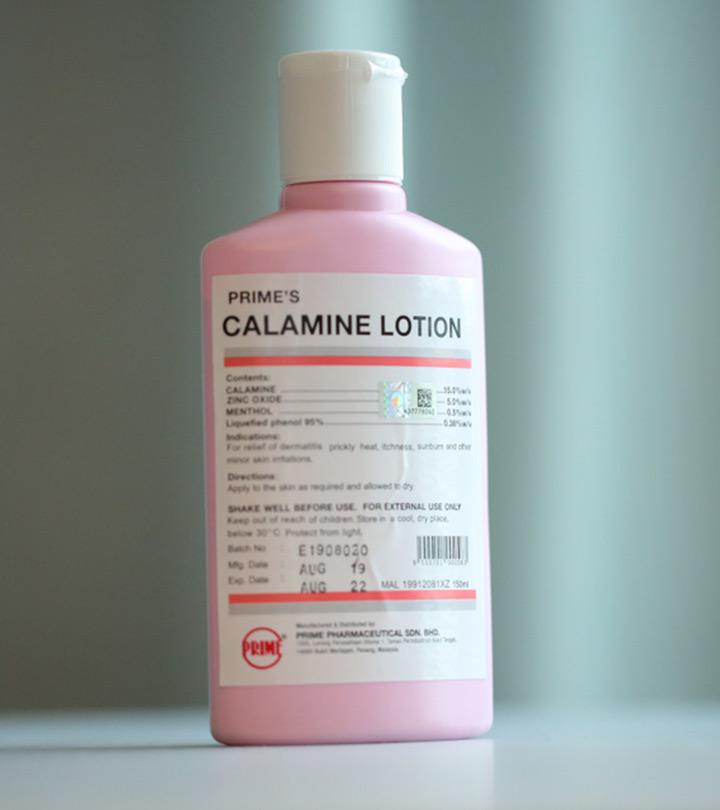

Community Experiences
Join the conversation and become a part of our empowering community! Share your stories, experiences, and insights to connect with other beauty, lifestyle, and health enthusiasts.